10. The Handmaiden (Park Chan-wook, 2016)
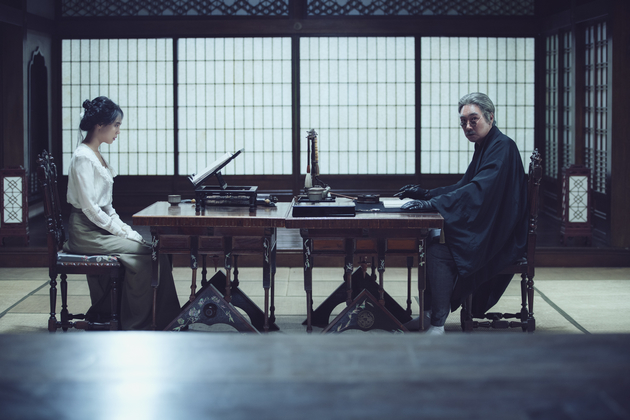
The film opens with a sequence that deftly frames the story during the Japanese colonial rule over Korea that took place in the first half of the 20th century. Sook-hee (Kim Tae-ri), a member of a gang of thieves, is chosen by the conman / artist known as Count Fujiwara (Ha Jung-woo) to work as the personal handmaiden of a rich Japanese woman named Hideko (Kim Min-hee) with the objective of aiding him in his attempts to seduce her and steal her fortune in exchange for part of the money.
The film is one of the most visually arresting films in recent times, from its beautiful cinematography by Chung Chung-hoon to its rich and impressive art direction by Seong-hie Ryu. The screenplay, adapted by Chung Seo-kyung and Park Chan-wook himself is crude and twisted, but extremely refreshing from beginning to end.
Even more surprising is the emotional depth found in the relationship between Sook-hee and Hideko, and how the film is able to reveal its dark underworld without being crass or exploitative, making it one of the most interesting Asian films in the last few years.
9. The Girl with the Dragon Tattoo (David Fincher, 2011)
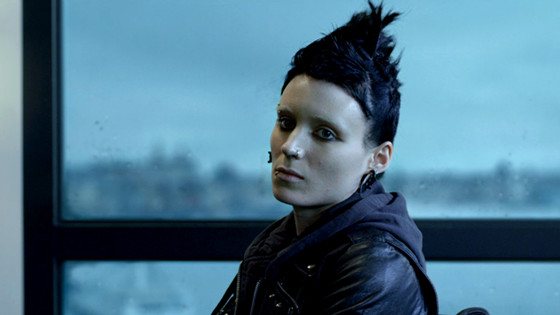
Among all modern directors, David Fincher is perhaps the one that people most easily identify with the thriller genre thanks to films like “Se7en,” “The Game” and “Fight Club.” Even more his drama-oriented works like “The Curious Case of Benjamin Button” and “The Social Network” retain his tense and clinical filmmaking approach that seems to be so well-suited for dark, shocking, and nihilistic kinds of stories.
The Girl with the Dragon Tattoo” is the second adaptation of the famous Swedish novel by Stieg Larsson after the 2009 Swedish film directed by Niels Arden Oplev. This remake also follows the characters of Mikael Blomkvist (Daniel Craig), an investigative journalist now facing a high economic fine and public scorn after losing a libel case, and Lisbeth Salander (Rooney Mara), a skillful but taciturn hacker, as they try to solve together the disappearance of a girl named Harriet 40 years ago.
Although Fincher’s version is much more graphic and uncomfortable in its representation of sexual and physical violence, in the end it comes out as a more nuanced and emotional take (something that his retractors always point out) on Larsson’s book than its Swedish counterpart. Its soundtrack composed by Trent Reznor and Atticus Ross shows some deeply affecting cuts between its generally cold and industrial soundscape that accompanies the characters as they navigate through the case in an uncomfortable journey, full of misery and grisly images but that somehow ends up becoming a poignant and satisfying work.
8. A History of Violence (David Cronenberg, 2005)
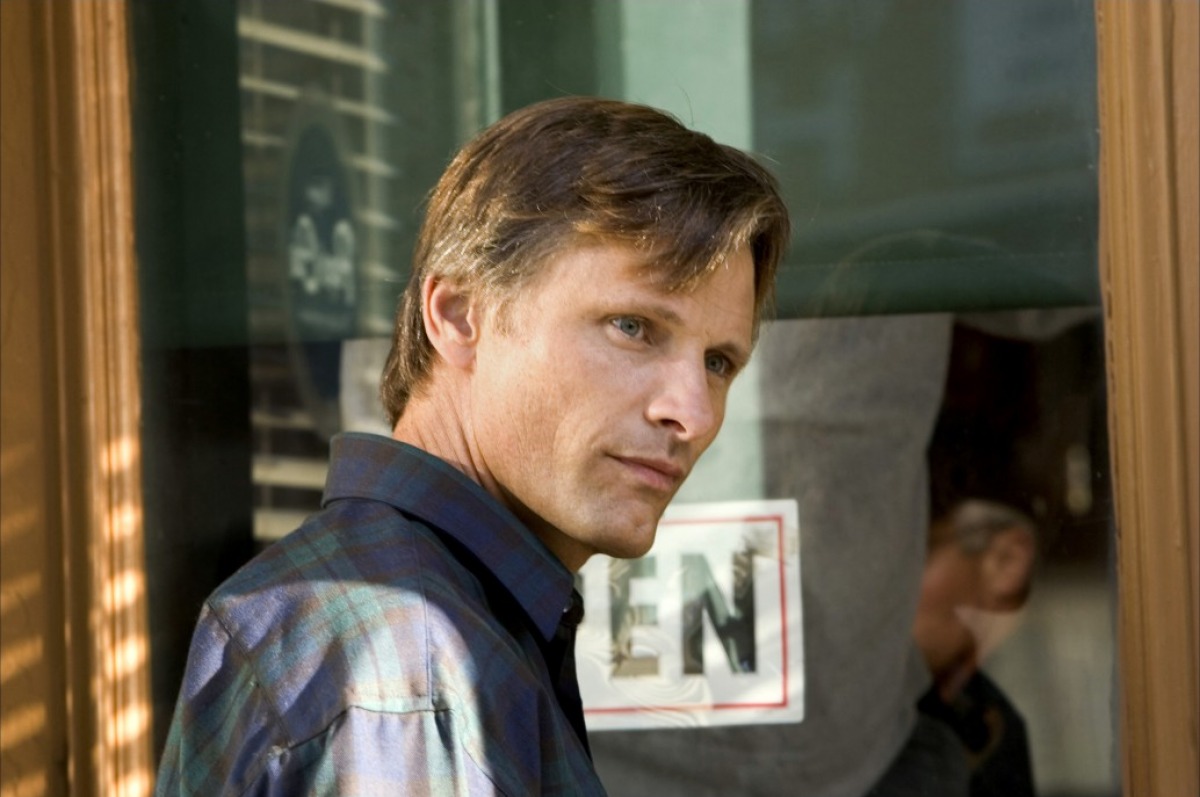
Although it is as fierce as the director’s previous output, Cronenberg’s adaptation of the 1997 graphic novel written by John Wagner and illustrated by Vince Locke is not only his most accessible work to date, but also one of the best film adaptations from its medium.
The film follows the character of Tom Stall / Joey Cusack, played by Viggo Mortensen, a former gangster who tries to leave behind his past by living a normal life in a small town in Michigan. After his cafe suffers an attempted robbery, heroically stopped by Tom himself, his masquerade comes off as his former “former fellow workers” notice his face on the news and come to the town in order to take Joey back and make him pay for his past deeds.
We see how easily Tom’s violent past permeates every aspect of his public and domestic life in almost no time, from friends and family, to intimacy and sexuality. The film deftly balances its extremely crude and dark moments with its beautiful cinematography by Peter Suschitzky and Howard Shore’s emotive and sometimes disturbing soundtrack.
7. The Departed (Martin Scorsese, 2006)
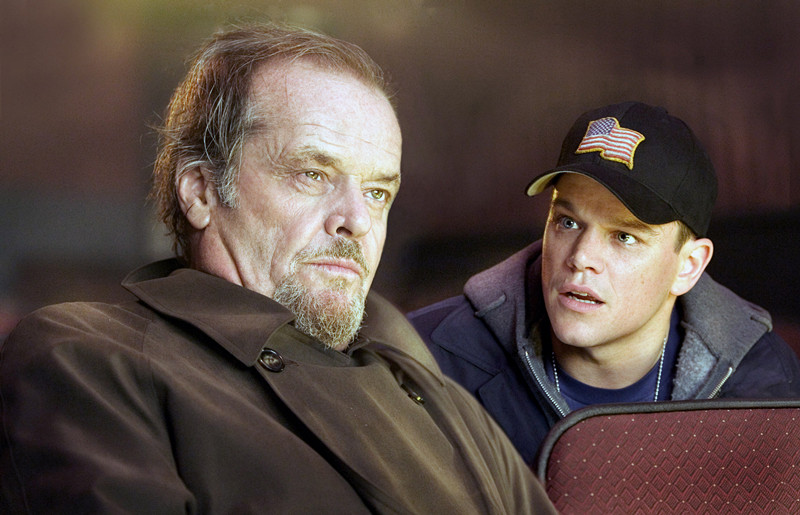
Even with the amount of violence that the film distills through every one of its pores, it is difficult not to be endlessly amused while you’re watching “The Departed.” The remake of the also very celebrated “Infernal Affairs” directed by Martin Scorsese, which granted him his first and only Academy Award, is one of the most entertaining crime films since the director’s own “Goodfellas.”
The film focus on the efforts of two policemen, Colin Sullivan (Matt Damon), a mole in the Massachusetts Police Department, and Billy (Leonardo DiCaprio), the “rat” in the criminal organization to which Sullivan belongs to and is run by Frank Costello (Jack Nicholson), as they both try to find each other’s identity.
The film is just a riot from beginning to end. There’s a sense of abandonment through its whole runtime, from the opening murders to its somewhat nihilistic ending, that propels every scene forward, making “The Departed” one of the best and constantly engaging works from the director.
6. Memento (Christopher Nolan, 2000)
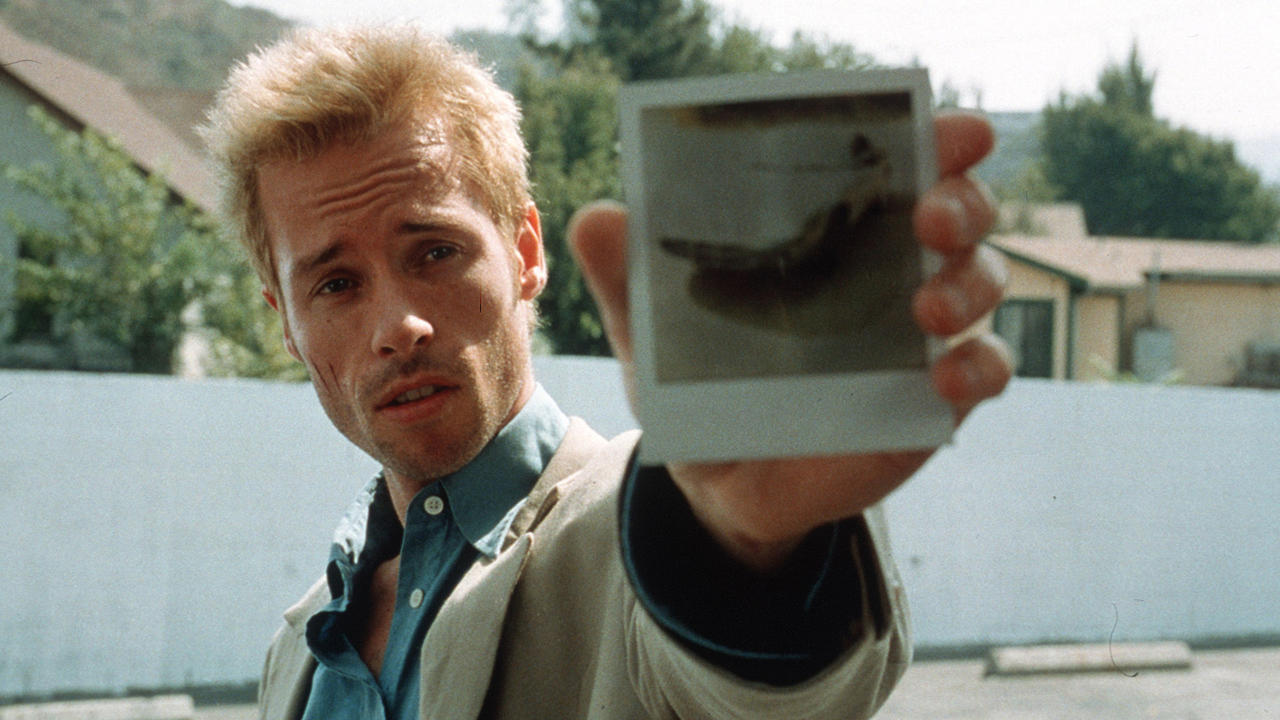
Christopher Nolan is a director who has always liked to articulate his stories around the fragmented psyches of their characters. The psychological component has always been a constant theme through his filmography, and he is mostly known for his acclaimed (although some would say confusing and unnecessary contrived) films like “Inception” or “Interstellar.”
However, “Memento” is undoubtedly the best of his works when it comes to justify his disorienting narrative approach. The film is widely known for telling its main plot backwards, but this is directly linked to the point of view of its protagonist Leonard Shelby (Guy Pearce), a man with anterograde amnesia resulting from an assault that he and his wife suffered at home, resulting, presumably, in her death.
Due to the mental sequels left from the event, Leonard tries to find the criminal who got away taking photographs and tattooing himself with little clues in order to be able to relearn everything with a simple look in the mirror every time his mind forgets. The image of Leonard slowly drowning his body in black ink is really powerful as we see visually the toll that his obsession is taking inside his mind. Along this, thanks to its unorthodox editing, the film manages to communicate the detuned reality in which Leonard lives at every moment, as the viewer tries to figure out the situations in which he finds himself seemingly out of the blue.
It is one of the most sober films from the director. There are no spectacular set pieces or complicated VFX shots, but it is always visually coherent and, in the end, emotionally devastating, asking through its protagonist how much can we really know ourselves and the people who surround us.
5. Zodiac (David Fincher, 2007)
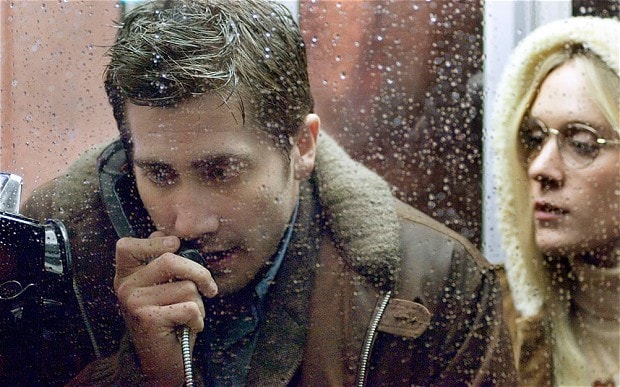
Perhaps the most discussed and studied modern procedural of them all, David Fincher’s classic about the events that surrounded the investigation of the murders committed by the ‘Zodiac Killer’ from the late ’60s until the beginning of the following decade in Northern California is not only considered one of Fincher’s best works, but also one of the best films of its decade.
Held by its great cast consisting of Jake Gyllenhaal, Robert Downey Jr., Mark Ruffalo, Chloë Sevigny, Brian Cox and John Carroll Lynch, the screenplay was adapted from the original nonfiction book by Robert Graysmith, the character Gyllenhaal incarnates in the film, but Fincher also took into account the original police reports, as well as conducted new interviews with the victims, witnesses, and people related to the case.
Even if we take into account the number of loose ends left by its source material and real life events, and while it still can be considered one of the most visually restrained films in Fincher’s filmography, “Zodiac” also has some of the most bone-chilling moments from the director, such as when Graysmith visits Bob Vaughn’s basement or, especially, the depiction of the events that happened on the shore of lake Berryessa that get almost unbereable to watch.
4. 25th Hour (Spike Lee, 2002)
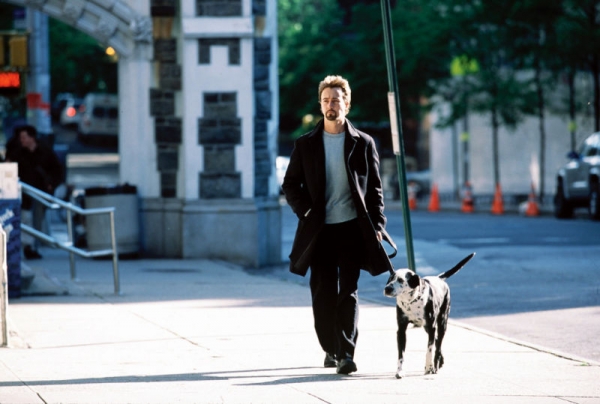
With the aftermath of the tragic World Trade Center terror attacks as its background, Spike Lee articulates one of his best dramatic efforts about a young drug dealer from New York named Monty (Edward Norton) who has only 24 hours left before being locked in a prison for a seven-year period.
Lee’s film is a heartbreaking tale that shows how invisible and easily dismissed freedom is in our everyday life, and how brutal and earth-shattering it becomes once it’s snatched. Over two hours, we follow Norton’s character as he tries to make amends with his girlfriend, his father, his friends, with all the things he took for granted and sometimes used to look down upon that now are going to be taken away from him.
With its striking, harsh, and high-contrast images and visceral framing, “25th Hour” offers no easy answers, but it is a empathetic and dreamy portrait of a man whose mistakes in life have caught up with him.
3. Traffic (Steven Soderbergh, 2000)
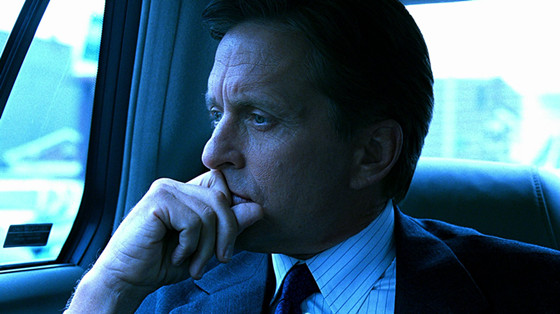
“Traffic” has been one of the most paradigmatic and influential works from the genre since its premiere in 2000. The film, directed by Steven Soderbergh, explores the drug trafficking world through its choral and multifaceted perspective, jumping back and forth from its color-coded segments between the DEA, the government authorities, the traffickers, and the users.
Although the film is generally interesting and tense, its most memorable and compelling moments belong to its Mexico storyline, where we follow policemen Javier Rodríguez (Benicio Del Toro) and his partner Manolo Sanchez (Jacob Vargas) as they join forces with General Arturo Salazar (Tomas Millan) in order to defeat the Obregon cartel.
The film’s dialogue tends to be natural and spontaneous, moving away from big dramatic beats and self aggrandizing speeches. Visually, it is also articulated through hand-held shots that give the film a documentary-like visual style, deliberately avoiding complex and aesthetically calculated action scenes.
It is just a great, serious and multilayered dramatic film with incredible acting by its cast, which includes the likes of Michael Douglas, Don Cheadle, Miguel Ferrer and Catherine Zeta-Jones, along the aforementioned Del Toro, Vargas and Millan.
All the sobriety distilled during the film’s runtime, all its coldness and distance toward the viewer, is resolved by its last image of the kids playing baseball under the blinding lights of the field along Brian Eno’s heartbreaking and gorgeous “An Ending (Ascent).” A scene that makes “Traffic” seem almost transcendental.
2. City of God (Fernando Meirelles & Kátia Lund, 2002)
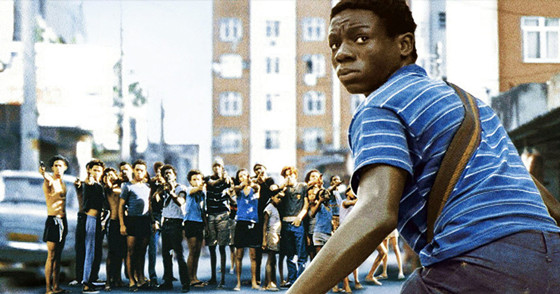
Fernando Meirelles and Kátia Lund kinetic, gorgeous, and all-around brilliant crime epic about a kid named Buscapé (Alexandre Rodrigues) growing up on the streets of the Cidade de Deus suburb of Rio de Janeiro is one of the most vibrant and visually distinctive efforts that the genre has to offer.
Often compared to Martin Scorsese’s 1990 “Goodfellas,” “City of God” is just as ferocious, lush and restless as Scorsese’s work. However, the film, shot at Cidade Alta, has a much more improvisational tone and aesthetic, taking notes both from documentary filmmaking and the French New Wave movement. From its abundance of hand-held camera shots, quick inserts and dutch angles to the constant time jumps, and fragmented and minimal narrative arcs, the film is a visual feast that never fails to surprise and entertain the viewer.
While in other films, the use of these techniques can seem tacky and/or gimmicky, here they work as a nexus between the viewer and the state of mind of the characters on the screen. Their relentless movement in the winding streets of the slum, the quick and meaningless violence strikes, the little value for human life. Everything comes and goes as fast as the blink of an eye in this vibrant, cruel and engrossing Brazilian drama.
1. Memories of Murder (Bong Joon-ho, 2003)
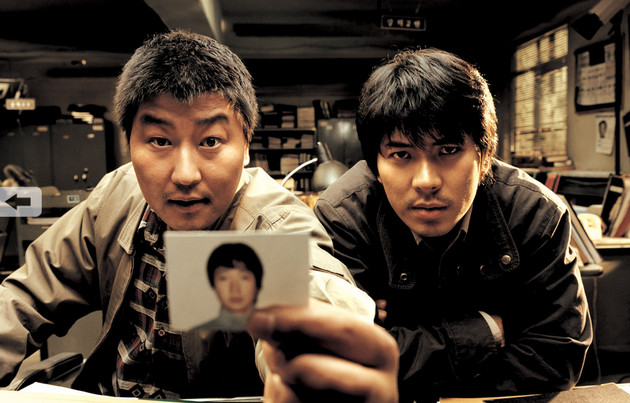
Between 1986 and 1991, 10 women were raped and murdered in Hwaseong, a rural city in Gyeonggi Province, South Korea. The victims were found strangled and bound with their own clothes. The case became Korea’s first and still remains unsolved to this day.
Bong Joon-ho’s take on the crimes is one of the most compelling films from its genre, regardless of the era. The story is told through the eyes of the two main detectives investigating the case: Park Doo-man (Song Kang-ho), a careless, immature and corrupt member of the local police, and Seo Tae-yoon (Kim Sang-kyung), a bright, crafty, and professional detective from Seoul.
Bong’s direction is earnest and mesmerizing, humble but powerful and assertive. Its setting, a rural town stuck between its paddy fields, becomes both beautiful and harrowing, familiar and isolating. The film shows the very worst of humanity, yet it refuses to lose itself in its misery and dread.
It is a special work that’s never held back by its genre conventions. One that will leave its viewers emotionally haunted for times to come.